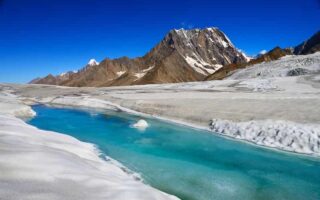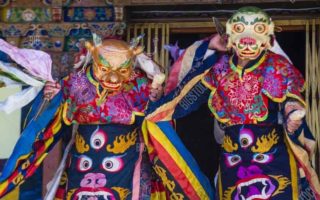A valley surrounded by ice-capped mountains, lush green fields and a mighty river, wild flowers, ancient buildings and a Tibetan monastery. No, I am not describing a movie scene, but this is Padum. Padum is located at Zanskar, a sub-district in Kargil. Moreover, interestingly, this is the single administrative center and the only town of the sub-district. Padum gets its name from Padmasambhava, an 8th-century Buddhist chief and the founder of Tibetan Buddhism. Padmasambhava is often called as the Second Budha at Himalayan areas. Padum also has historical relevance as it along with Zangla was the capital of Zanskar kingdom. The official languages spoken at his place are Tibetan, Urdu, Hindi, and English. Padum is scenic, it has glaciers, monasteries, exotic festivals which makes it a favorite destination for tourists. It is also known for its wildlife.
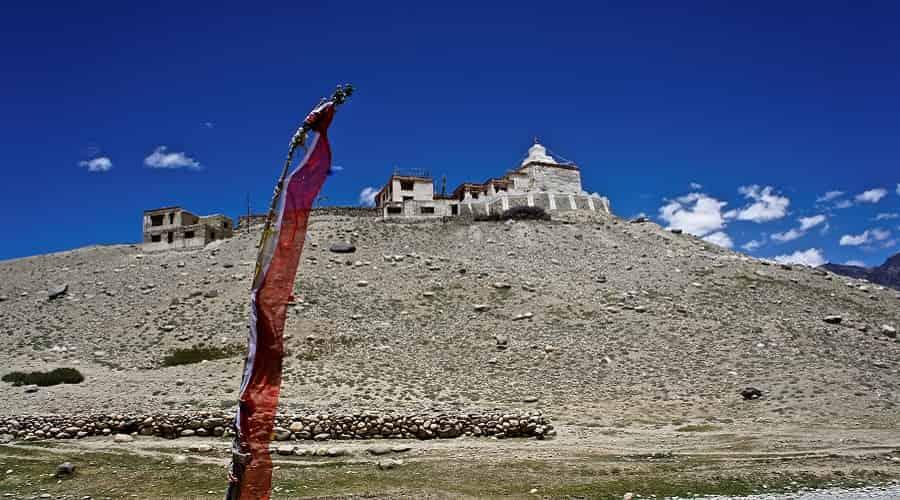
History of Padum
The archaeological research done in and around Padum shows an influence of Tibetan Buddhism at the place of 8th Century. Other than that it was also found that Padum served as the capital of Zanskar kingdom. The area though ruled by Tibetan Buddhist often was invaded by Turks and Hors. It was the Ladakhi king Sengge who gave for the first time prominence to Padum. He divided his kingdom into 3- Kishtwar, Padum, and Zangla, for his three sons to rule upon.
The people here are primarily Tibetan Buddhist. However, there is a substantial number of Muslims who accounts for 40 percent of Padum’s population. These are the Balti people who had inhabited Padum back in the 17th Century.
Location and Climate
It is located on the banks of Suru, the river. The village is somewhat 240 km away from the central Kargil town and is located 3500 m above sea level and has a population of some 2500 people. National Highway 01D passes through Padum. The average temperature of Padum is 4.3 degree Celsius; the place also get significant amount of rainfall (average of 366mm per year)
How to Reach
A project was initiated back in 1980 to build a road to Padum through Pensi La. However it remained unsuccessful, as it is still halfway through. The nearest airport is at Srinagar, but again it is some 430 km away. Hence travel by road is a necessity. Moreover, the nearest railway station is at Jammu. However, all the major towns in Jammu and Kashmir is connected to Padum through road. There are B class buses three times a week, from Kargil. Jeeps and Taxis can also be rented from Kargil.
Best Time to Visit
Any place in Leh Ladakh region could be visited in the months of June to October when the climate is not extreme. Rest of the months, the roads to Padum might also be blocked.
Tourist Attractions
(a) Drang-Drung Glacier
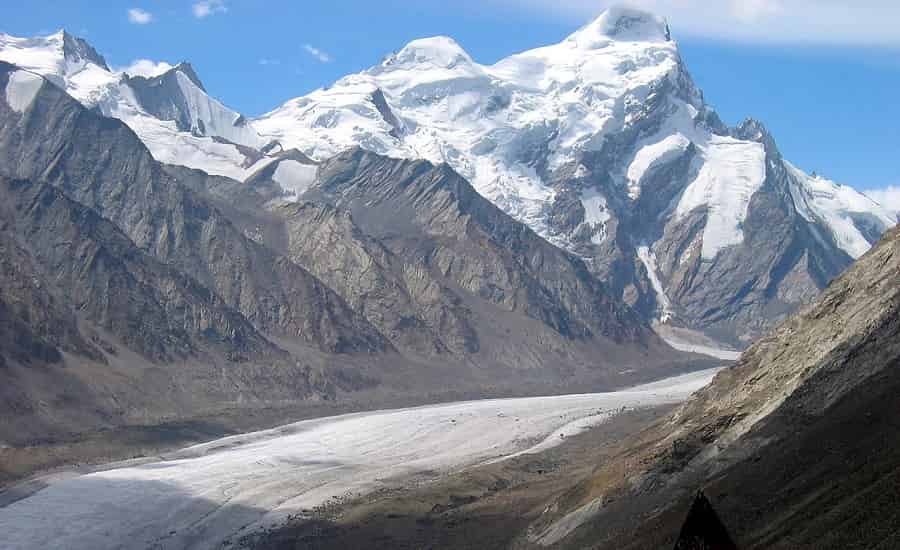
The second largest glacier of Ladakh, Drang Drung extends over 23-kilometers. It is from the Stod River originates. Stod is the tributary of Zanskar River. The Glacier lies next to the road and offers a charming view. The place is also home to Ibex, Blue Sheep, and Tibetan Sand Fox
(b) Stagrimo Monastery
Walking for an hour from the village of Padum one can reach the Stagrimo Monastery. It is home to 30 Lamas of Drukpa Kagyupa Order. This monastery which was built in the 10th century is one of the oldest of its kind. Some paintings depict the history of Buddhism kept at a display. It is said that King Dechok Namgyal requested the people of Zanskar to donate land for the establishment of this monastery. The dead body of Lama Nalzor Cinba is kept on display at the monastery. The ancient statue of Vajra Varahi is a highlight of this monastery.
(c) Kursha Monastery
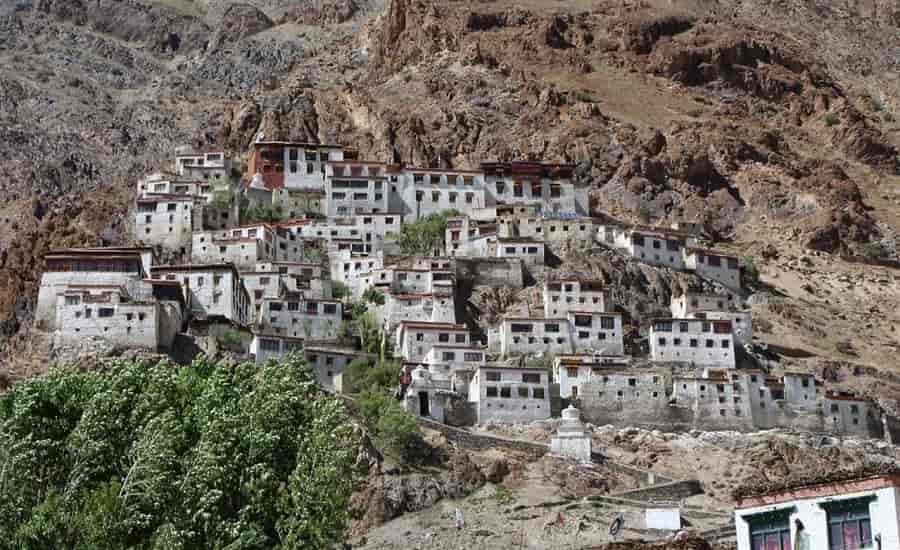
Found by Phagspa Shesrab, Kursha Monastery is a beauty in itself. Doda River passes through this monastery. It is the largest monastery in Padum. It also contains paintings dating back to the era of Rinchen Sangpo. It was Lama Dzadpa Dorje who did the wall paintings in this monastery. It is home to almost 100 monks. A chorten in the compound of this monastery holds the mummified body of Rinchen Zangpo.
Also Read: Amazing Buddhist Monasteries to Visit in Ladakh
(d) Deep Carved Buddhas
Padum also has a 2 feet high colossal rock. There is the image of 5 Buddhas carved in here, which are each 20cm deep. All of them are seated on a lotus throne. Near this, there are also images of standing Buddha, each of them 6 yards high.
Fairs and Festivals
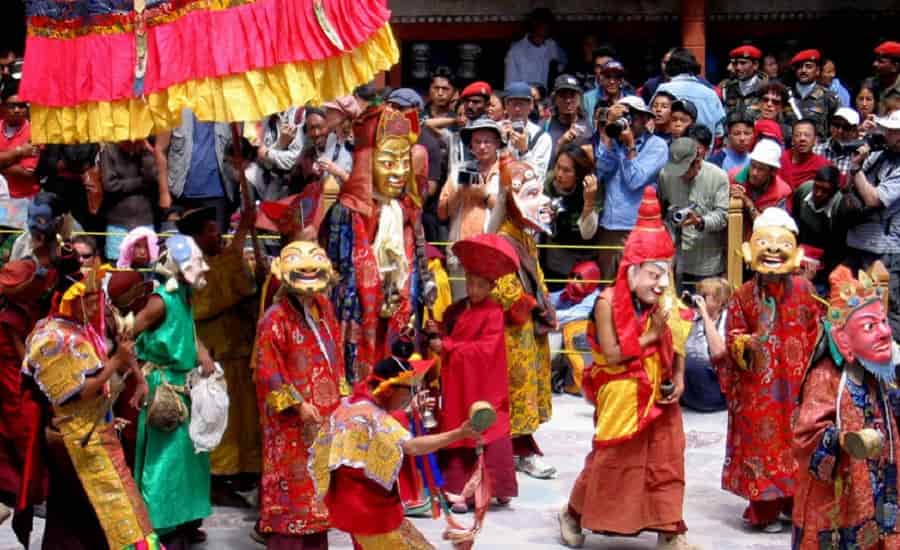
Karsha Gustor festival is a significant festivity of Padum. It happens in the month of July and is a three-day long festival. A black hat dance is the highlight of the festival. It is believed that the dance would shoo away evil forces. It is people who wear masks who dance. The story is that king Langdarma, an evil king was killed by a Tibetan Monk. The festival is a commemoration of this assassination and is celebrating the victory of good over evil.
Many monastic festivals are hosted at Padum. The festival that happens in the village of Sani, some 6km away from Padum is an exciting event. It is considered to be one of the largest festivals that occur in the Zanskar region.
Also Read: Traditional Folk Dances of Ladakh
Things to Do
There are many Trekking routes at Padum. The Darcha Padum Trek takes almost 20 days to complete and is one of a kind. Another important and exciting trekking route is Padum to Lamayuru, which again takes around 20 days to complete. A person will have to cover 150 km to finish the trek. A smaller trek would be that to Shilla waterfall which might take around a day. River Rafting is another available option at Padum for tourists. It is also the best place for photography, especially for landscape photographers, documentary photographers, and wildlife photographers.
Where to Stay
Though it sounds remote, Padum is a significant tourist attraction in Leh-Ladakh region. Hence there are many hotels, restaurants, and homestays. It is a tourist-friendly village that way.
